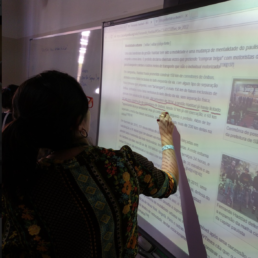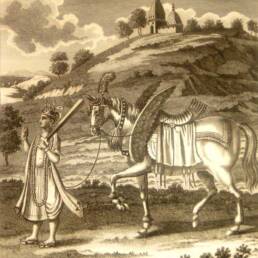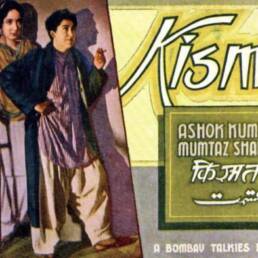An apple fell on Newton’s head and inspired the laws of motion. Now, how did these laws inspire an economist’s prediction that led to misery for millions but mornings filled with sweetness for billions? Let’s unearth the origins of the love story between Indians and chai.
Roger Babson, a 20th-century economist, was a graduate engineer from MIT. His degree in engineering helped him theorize that stock markets fluctuate in tandem with Newton’s 3rd law of motion. On 5th September 1929, he gave a speech predicting an impending market crash.
The market followed suit and led to the Great Depression of 1929. Demand for consumer goods of all kinds, which was enormous owing to the roaring 20s, was crushed. Tea was no exception.
Demand for tea decreased overnight while the British colonies of India and Ceylon were still producing it in surplus. They needed a suitable market to sell the excess. While India had been on the radar, previous attempts had proven futile as Indians were still aloof to tea.
Mahatma Gandhi propagated the harmful effects of tea in his book, “A Key to Health”, calling it an ‘intoxicant’. This ideology, along with anti-British sentiments linked to tea, never let the British devise a liking among Indians to tea.
The enterprising Britishers decided to give it one last chance. The Indian Tea Market Expansion Board (ITMEB) was conceived to survey tea drinking habits among Indians and organize a marketing campaign that would establish tea as an essential part of every Indian’s life.
With unprecedented capital, the ITMEB hired contractors and trained them in the British method of tea preparation. This workforce would then travel in caravans with vibrant posters, propagating the consumption of tea with its numerous therapeutic effects.
Tea stalls were set up at important railway junctions where plaques displayed the correct British recipes for brewing tea. One of these plaques stands the test of time and is still displayed on platform no. 3 at the Dum Dum junction, West Bengal.
The advertisements by the board entrusted the women homemakers to establish a culture and habit of tea consumption in their households. Women were depicted to not be mere homemakers but ardent citizens of the nation who inculcated disciplined routines among their family members.
The idea of selling free packets of small amounts of tea proved to be a masterstroke. Private players such as Brooke Bond and @Lipton soon imitated this. Brooke Bond even sent wagons across Calcutta that would offer free cups of tea to anyone and everyone.
Unsurprisingly, with so much advertising, the campaign proved to be a hit and Indians caught onto the habit of drinking tea. Like most things, we Indianised tea with our mix of spices, milk, ginger, and sugar which irked the British despite the successful campaign.
Tea is rooted in Indian lives. It’s hard to imagine moments of heartfelt conversation or gossip sessions without it. From being given as dowry to Princess Catherine, to being sold in trains buzzing with shrill sounds of “Chai, Garam Chai,” tea has witnessed it all.
I read the tea leaves
as if they were words
left over from a conversation
between two cups
– Kenny Knight
https://madrascourier.com/insight/bombay-catherine-braganzas-dowry-to-king-charles-ii/
https://eh.net/encyclopedia/the-history-of-the-international-tea-market-1850-1945/
Wikimedia




